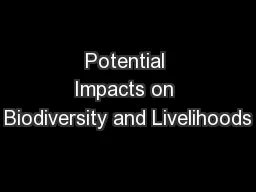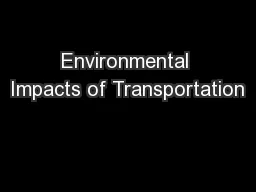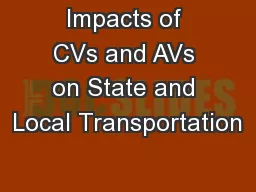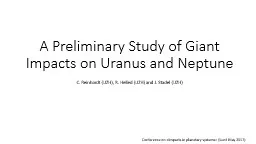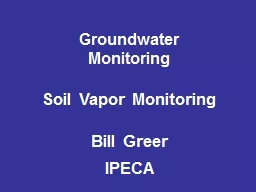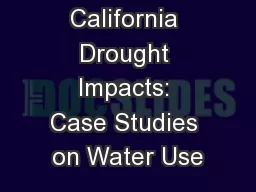PPT-Monitoring the impacts of
Author : pasty-toler | Published Date : 2017-11-17
peatland drain blocking LIFENature Active Blanket Bogs in Wales Lorraine Wilson J Wilson J Holden A Armstrong I Johnstone amp M Morris The study site Lake Vyrnwy
Presentation Embed Code
Download Presentation
Download Presentation The PPT/PDF document "Monitoring the impacts of" is the property of its rightful owner. Permission is granted to download and print the materials on this website for personal, non-commercial use only, and to display it on your personal computer provided you do not modify the materials and that you retain all copyright notices contained in the materials. By downloading content from our website, you accept the terms of this agreement.
Monitoring the impacts of: Transcript
Download Rules Of Document
"Monitoring the impacts of"The content belongs to its owner. You may download and print it for personal use, without modification, and keep all copyright notices. By downloading, you agree to these terms.
Related Documents




